Paparazzi stalk celebrities for that perfect photo op while our 24/7 news venues
drone on endlessly over the smallest details of the rich and famous and confused.
It's all getting pretty weird.
So what does this have to do with a cemetery in Montparnasse?
Sniffing out chronicles of famous people is what we do for entertainment these days.
If you want a different look, consider this. Graveside sleuthing is as personal as it gets.
You can time travel to any place in history via memorials dedicated to someone's
mom/dad/friend/lover/hero/villain. Some folks may think visiting cemeteries is weird.
But .... is it really?
Devotees follow every detail of Brangelina and Kimye.
There are still some true believers who claim Elvis is alive.
Now that's weird.
I prefer to absorb information about talented people who
have something to teach me about the world.
The past is present in a city made of marble, the best looking classroom around.
Cemeteries collect memories without harming the innocent.
One of my favorite cemeteries in Paris is Montparnasse.
Its easy access and proximity to a wonderland of historic cafés, parks and museums
make it a favorite stop when ever I'm in the neighborhood.
The cemetery is easy to stroll and right next to a convenient Metro stop (Raspail).
It's well kept and easy to navigate. The grounds are large, separated by a street
(rue Emile Richard). Be aware of this separation so you don't miss anything.
Underneath the panorama of a big sky, we're treated to artistic creativity in its
most dramatic state. Art appreciation al fresco in a park-like setting.
You don't even need a sunny day to enjoy this city of dead.
When it rains, the monuments seem even more bewitching,
mortally wounded under the weight of celestial tears.
Justice and equality for all and time well spent for lovers of history.
You'll be treated to comfort and calm inside these pearly gates.
These high rent lodgers share some of their essence whether they want to or not.
Of the more than 300,000+ buried in Montparnasse, it's easy to pass a few hours
without bothering anyone, unless you believe in ghostly spirits.
Cemeteries collect memories and this one has done more than its share.
You may choose to use a map to find your favorite spirit.
I prefer to just follow my nose, forgetting about the clock and any other
details of our busy modern world.
There are many people here to whom you may whisper "bonjour":
A short list of favorites:
Philosopher/writer Jean Paul Sartre and Simone de Beauvoir (buried together),
French singer/composer Serge Gainsbourg,
Irish avant-garde poet/playwright Samuel Beckett (Waiting for Godot),
Local sculptor Antoine Bourdelle,
Hungarian photographer Brassaï,
Auto giant André Citroen,
Controversial scapegoat Alfred Dreyfus,
Film director Jacques Demy,
Opèra architect Charles Garnier,
American artist Man Ray,
American actress Jean Seberg,
American writer Susan Sontag,
Cubist sculptor Ossip Zadkine,
WWII heroine Sabine Ziatin,
Statue of Liberty sculptor Frederic Bartholdi,
Short story writer Guy de Maupassant,
Inventor Charles Pigeon,
Radical metal sculptor César,
Sculptor Paul Belmondo.
The artwork that pays tribute to them is even more revealing.
PR for the dearly departed.
My personal favorite is the memorial to Monsieur Charles Pigeon and his wife.
It's probably in poor taste to chuckle in a cemetery but standing in front
of their life size replica, I plead guilty.
This must be what they mean by the term guilty-pleasure.
Their monument, intended to honor his invention of a non-exploding gas lamp, instead
hatches a glimpse into their real life bedroom. Settled in their life-sized bed, under the light
of his crowning achievement and claim-to-fame (the gas lamp) as well as a watchful angel,
Monsieur et Madame are reminders that even icons are only human .
They could be your next door neighbors.
She appears to be sound asleep and he (still suited up and holding pen & notebook)
looks like he's about to embark on a new creative project.
Curiosity about what and who we see.
Although JP Sartre and S. de Beauvoir are well cemented in French lore,
most people who see their marker will want to know more.
The Short Answer: They were well-known lovers. She is most famous as a pioneering feminist, philosopher and political activist. "The Second Sex" fought stereotyping and questioned what was "normal." He was best known as a writer/philosopher and playwright and famously wrote "Life has no meaning the moment you lose the illusion of being eternal."
Their love life has been analyzed and debated for years.
An American named Man Ray? At that stage in history, most American men
favored the image of white bread conservative steady-eddys, so how did this man,
with his unique name and daring camera, gain fame across the ocean?
The Short Answer: Man Ray was an American expat who found acclaim
through the surrealism and Dada movements, where he was successfully cited for his innovative photography. He is associated with the Montparnasse neighborhood,
having lived and worked just steps away from the cemetery. He is well remembered for his friendships with Marcel Duchamp and many others from the modern art movement.
His storied talent and stagecraft is well represented by his famous portrait
of lover/companion, Kiki de Montparnasse.
Serge Gainsbourg does not have a terribly handsome face (that's being kind)
so why is his grave tattooed with indelible lipstick "kisses"?
The Short Answer: Singer, songwriter, poet, actor, Gainsbourg is best know for his erotic song, "Je t'aime...moi non plus", recorded with his actress/lover Jane Birkin.
The recording scandalized the world with the sounds of a female orgasm.
When the Vatican called the song offensive, it became an even bigger hit.
His daughter Charlotte is well known these days in French cinema. Well loved by France,
his grave continues to be "kissed" by fans who also leave Metro tickets to honor
his moving musical poetry about the monotonous life of a Metro worker.
Alfred Dreyfus, he of the Dreyfus Affair. It calls up a history class of old
and you're likely to go home wanting a refresher course on his sad tale.
The divisions between French society over this terrible injustice
are as fresh today as they were in the 19th century.
The Short Answer: Dreyfus was a Jewish officer, accused, charged and convicted in 1894 of spying for the Germans. Convicted of treason, he was sent to Devil's Island for life as the debate over his status raged. Writer Emile Zola and others strongly supported him and when it turned out he was unjustly convicted, the debate over anti-semitism in France reached its zenith. He was eventually pardoned by the French president but he is symbolic still today of the ongoing difficulties between certain elements in France and the Jewish population.
"That men do not learn very much from the lessons of history is the most important
of all the lessons of history" - a quote from Aldous Huxley.
Jean Seberg, another American who passed away young and tragically, why is she here?
The Short Answer: The cemetery lies literally just across the street from
rue Campagne-Première, the site of the final dramatic scene of one of her most
famous movies, "Breathless" -- known in France as "A Bout de Soufflé".
Ms. Seberg's unique good looks and talent brought her a good number of movie roles
in her short lifetime, including "Saint Joan", "Bonjour Tristesse", "Lilith", "Paint Your Wagon"
and "The Mouse that Roared" but her life became unbearable after she fell victim to an FBI operation to harass and intimidate. Seberg's support of civil rights organizations like the NAACP and the Black Panthers made her a target for a cruel witch hunt.
She is listed as a probable suicide.
Thanks to Montparnasse Cemetery, they live on forever in our imagination.
Reminded of our own mortality, we feel more alive, ready to face tomorrow.
Go ahead, enjoy that extra pastry.....
But there's something about these historical masterpieces that generate
a lot more than just acknowledgment of the famously dead.
Compare them to a portrait in oil, a masterpiece.
These memorials define their owners and we get the chance to inhale a bit
of their star power up close and in person.
The Red Carpet for the Dead.
Pushing up daisies might not be so bad if you become part of a city's historical landscape.
Who wouldn't be happy to get applause from admirers for years on end?
Enduring death and judgment may not be quite as stinking-godawful if you know
you've achieved monumentally dignified status -- like being #1 on Amazon
or accepting an Oscar -- by being planted in this wondrous sleeping city.
You are forever a work of art - In the city that defines artistic genius, Beautiful Paris.
Time travel -- and you don't even need to pack.

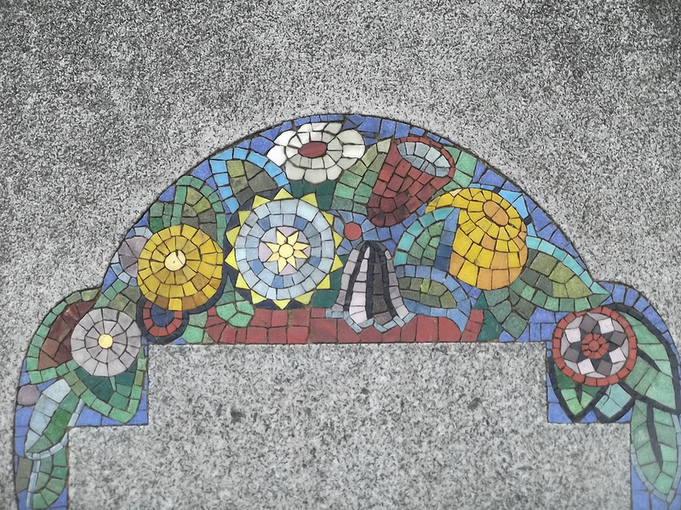

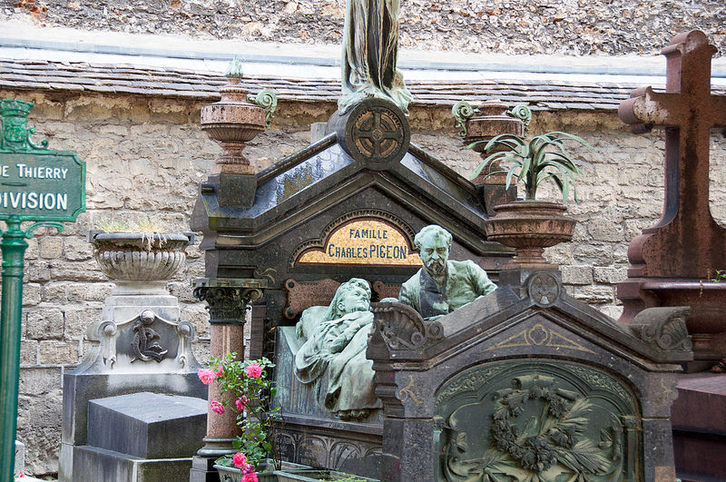
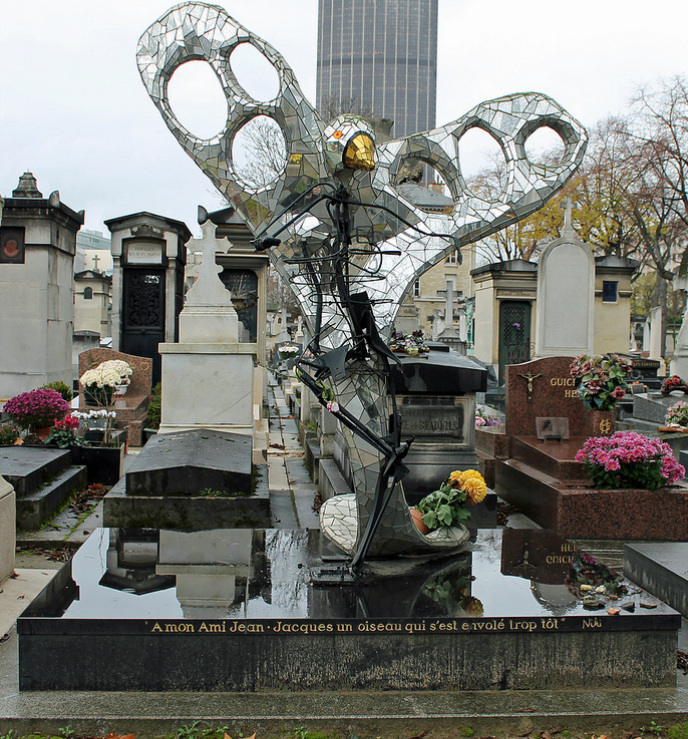
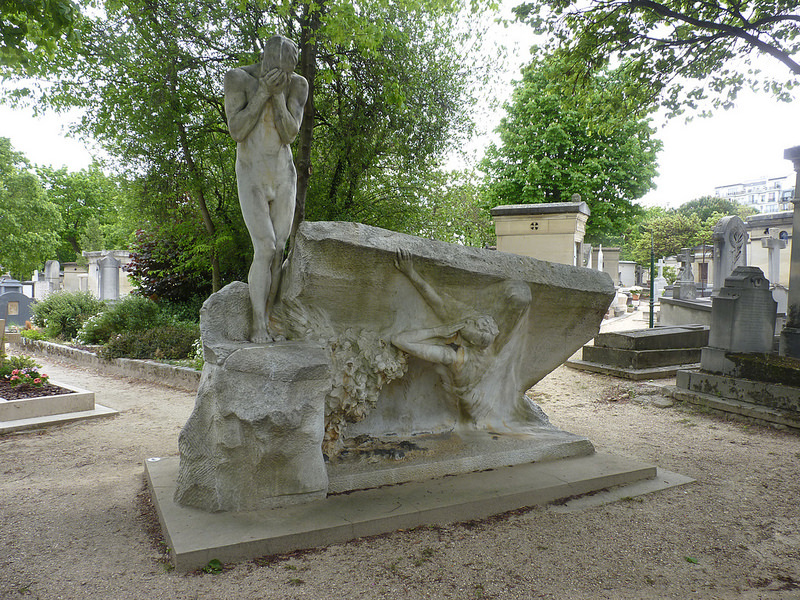
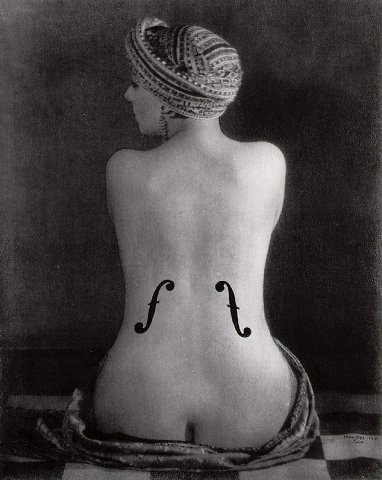

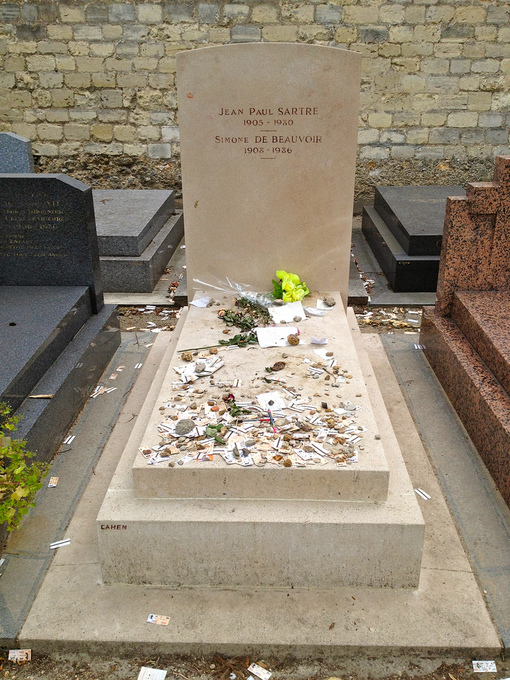

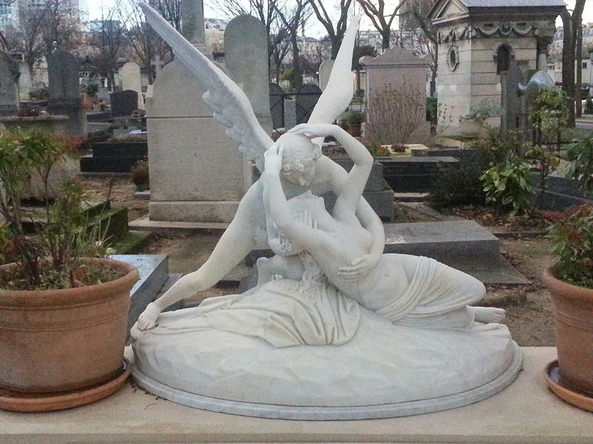
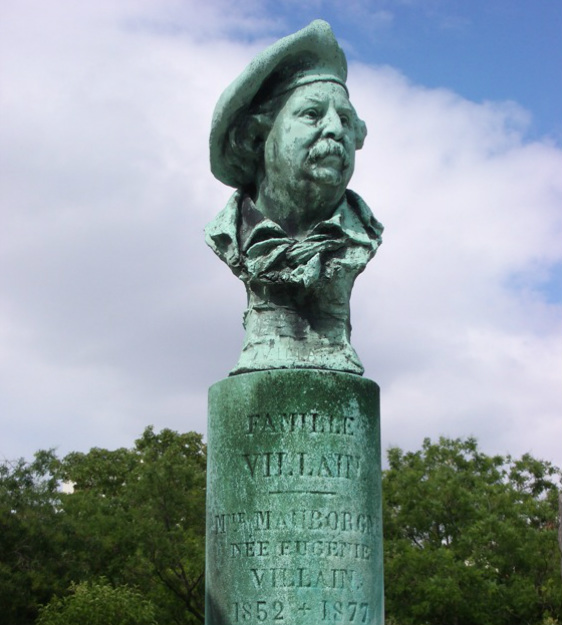





 RSS Feed
RSS Feed
